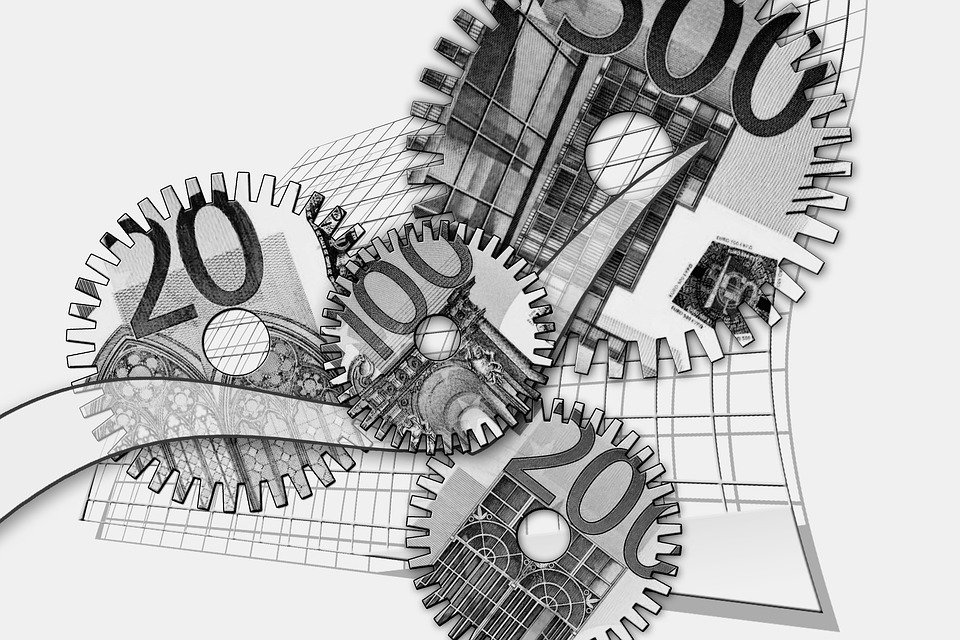Over the past few years, the art world has witnessed a revolutionary transformation with the advent of Non-Fungible Tokens (NFTs). These digital assets have enabled artists to tokenize and sell their work directly to collectors, eliminating the need for intermediaries such as galleries and auction houses. However, despite the growing popularity of NFTs, there still exists a significant gap between the traditional art market and the digital art market. This is where NFT ATMs come into play, acting as a bridge that connects these two worlds.
The Rise of NFTs
NFTs have taken the art world by storm, offering artists a new way to monetize their digital creations. These unique tokens are built on blockchain technology, making them easily verifiable and impossible to duplicate. Each NFT represents ownership of a specific digital asset, whether it be a piece of artwork, a video, or even a tweet.
Since the introduction of NFTs, artists from various disciplines have found success in this new market. Digital artists, musicians, and even traditional artists have all embraced NFTs as a means to reach a wider audience and gain direct control over their work.
The Challenges Faced by Artists
While NFTs have opened up new avenues for artists, there are still several barriers that prevent widespread adoption. One of the main challenges is the lack of accessibility for both artists and collectors. Creating and selling NFTs typically requires a deep understanding of blockchain technology, which can be intimidating for those unfamiliar with the space.
Furthermore, many potential buyers are hesitant to enter the digital art market due to concerns regarding ownership and provenance. Traditional art markets have established systems in place to ensure the authenticity and value of artworks, but these mechanisms are still evolving in the digital art world.
The Role of NFT ATMs
NFT ATMs aim to address these challenges by providing a user-friendly interface for artists and collectors to navigate the world of NFTs. These ATMs function similarly to traditional ATMs, but instead of dispensing cash, they facilitate the creation and sale of NFTs.
For artists, NFT ATMs offer a streamlined process for minting and listing their digital creations on various NFT marketplaces. These machines guide artists through the necessary steps, making it easier for them to tokenize their work and reach a broader audience. By removing the technical complexities associated with blockchain, NFT ATMs empower artists to focus on their craft rather than the intricacies of the technology.
Similarly, collectors benefit from NFT ATMs as they provide a trusted and secure way to purchase digital artworks. These machines enable collectors to browse through a curated selection of NFTs, ensuring that the artworks they acquire are genuine and have a verified provenance. With the help of NFT ATMs, collectors can confidently enter the digital art market, knowing that their investments are protected.
Breaking Down Barriers
NFT ATMs are playing a pivotal role in breaking down the barriers between the traditional and digital art markets. By simplifying the process of creating and purchasing NFTs, these machines are democratizing the art world and making it more accessible to a broader audience.
Artists who were previously excluded from the traditional art market due to various reasons, such as geographical limitations or lack of connections, now have the opportunity to showcase their work to a global audience. NFT ATMs eliminate the need for intermediaries, allowing artists to retain a more significant portion of their earnings and maintain direct control over their creative endeavors.
Furthermore, NFT ATMs are reshaping the perception of digital art by providing a tangible and immersive experience for collectors. These machines often feature large touchscreen displays, allowing users to interact with the artwork before making a purchase. This physical interaction bridges the gap between the digital and physical realms, making the concept of owning digital art more relatable and appealing to a wider audience.
FAQs
1. How do NFT ATMs work?
NFT ATMs function similarly to traditional ATMs. Artists can use these machines to mint and list their digital creations on NFT marketplaces, while collectors can browse through a curated selection of NFTs and make purchases securely.
2. Are NFT ATMs secure?
Yes, NFT ATMs prioritize security by leveraging blockchain technology and implementing robust authentication measures. These machines ensure that the artworks purchased are genuine and have a verified provenance.
3. Can anyone use NFT ATMs?
Yes, NFT ATMs are designed to be user-friendly and accessible to both artists and collectors. They aim to simplify the process of creating and purchasing NFTs, making the art world more inclusive.
4. Where can I find NFT ATMs?
NFT ATMs are still relatively new, but they are gradually gaining popularity. You can find these machines in select art galleries, cultural centers, and other public spaces. Additionally, some companies are also exploring the option of virtual NFT ATMs, accessible through web browsers or mobile applications.
5. How are NFT ATMs revolutionizing the art world?
NFT ATMs are revolutionizing the art world by democratizing access to the market, empowering artists, and providing a tangible and immersive experience for collectors. These machines bridge the gap between traditional and digital art markets, making the art world more inclusive and accessible to a wider audience.

